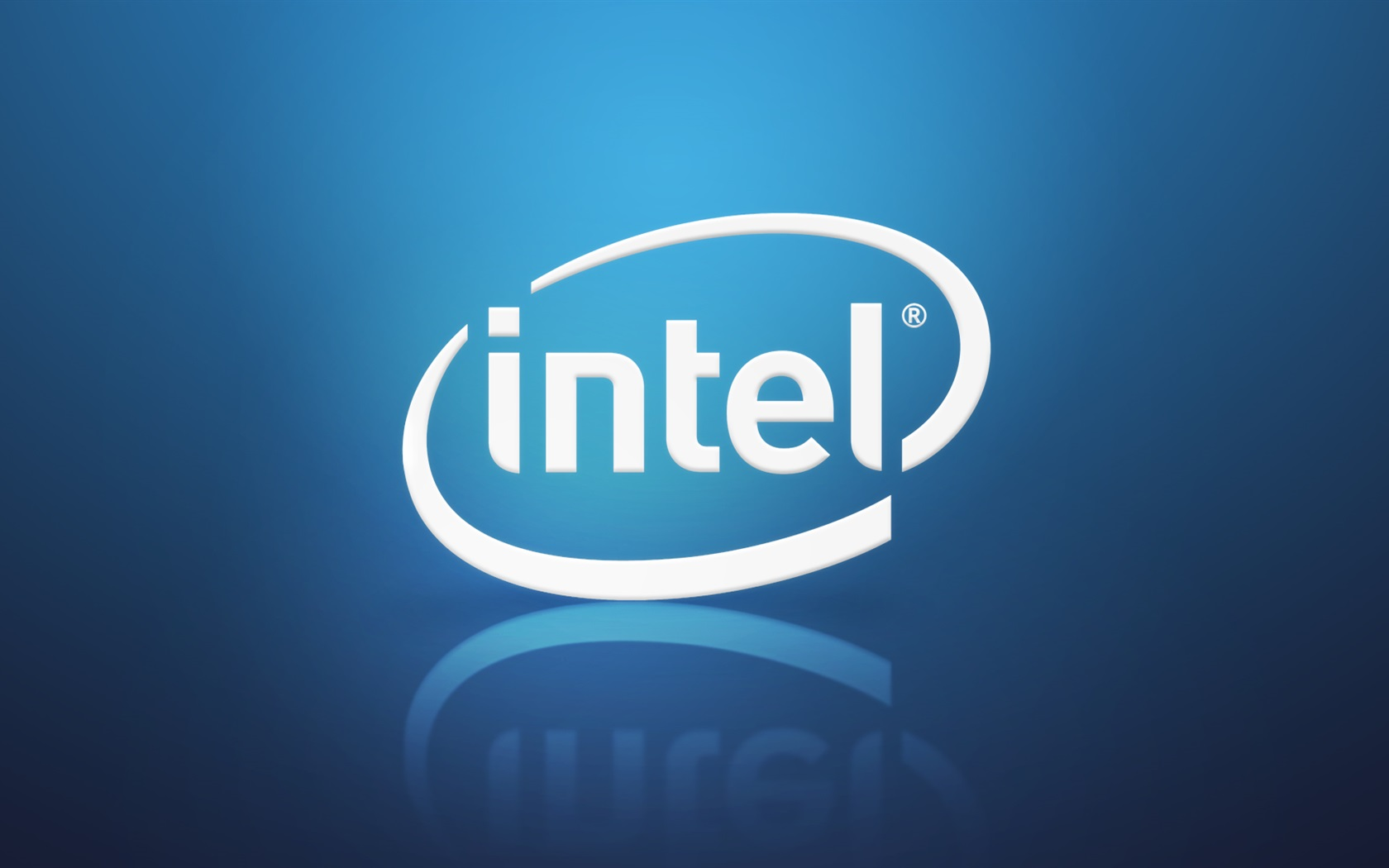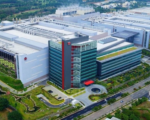Intel’s next chief executive will need a strong background in manufacturing and product development, according to interim co-CEO David Zinsner. Speaking at the UBS Technology Conference on Wednesday, Zinsner emphasized the importance of foundry expertise as the chipmaker navigates a critical phase in its turnaround strategy.
The leadership search comes after CEO Pat Gelsinger announced his resignation earlier this week, following growing impatience with Intel’s progress on its ambitious and costly restructuring efforts. Sources indicate that Intel is evaluating several external candidates, including former board member Lip-Bu Tan, to steer the company forward.
“I’m not directly involved in the selection process, but I believe the next CEO will bring capabilities in both foundry operations and product innovation,” Zinsner noted, underscoring that Intel’s core strategy remains unchanged.
Cultural and Strategic Shifts Needed
Intel faces significant hurdles, particularly in transforming its culture to excel in the foundry and semiconductor businesses. Naga Chandrasekaran, Intel’s head of foundry manufacturing and supply chain, highlighted the need for this cultural overhaul, calling it essential for the company’s long-term success.
Chandrasekaran also reported steady progress on Intel’s 18A advanced node manufacturing process, with milestones being met despite initial challenges. “The remaining obstacles involve yield and defect density improvements, but there are no fundamental roadblocks at this stage,” he said.
Intel plans to deliver 18A chip samples to customers in the first half of 2024 and ramp up production at its Oregon facility in the second half of the year.
Struggles and the Path Forward
Intel’s share price has plummeted by more than 55% this year, as the company lagged behind competitors like Nvidia in the artificial intelligence (AI) chip market. The company was removed from the Dow Jones Industrial Average in October, replaced by Nvidia, further reflecting its challenges in maintaining a leadership position in the semiconductor industry.
Intel’s Lunar Lake processors, central to its foundry revival strategy, are expected to begin improving the foundry division’s margins by next year. Zinsner stated that cost reductions and a shift toward higher-margin wafers will also contribute to strengthening the foundry business.
Despite these efforts, Intel continues to trail industry giant Taiwan Semiconductor Manufacturing Co. (TSMC), which dominates advanced chip manufacturing and serves competitors such as Nvidia.
Outlook
Zinsner reiterated Intel’s optimism about its PC and server businesses, maintaining the revenue guidance provided in October’s earnings report. The company’s leadership transition and focus on cultural and technical transformations are viewed as critical to regaining its competitive edge in the semiconductor market.
As Intel moves forward, its manufacturing investments and product diversification will be under scrutiny, with hopes that the next CEO can deliver the expertise needed to restore the company’s standing in the industry.


















